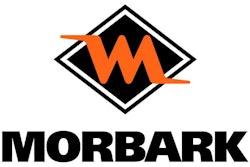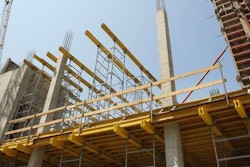
There appears to be an odd contrast between how technology meshes with our daily lives and how it mixes into our chosen field of construction. While new technology crops up at lightning speed and nearly to excess, there seems to be a dearth of technology within the construction industry.
With so much continual development in software and other forms of tech, there is an entire world of potential we have yet to tap into that could really fill our needs. As we look ahead in 2013, it’s important to notice the shifts in the rest of the world’s technological advancements, and be purposeful about adopting these technologies into our jobs too. So what’s the main trend you need to be sure is front and center on your radar? Mobility.
More and more transactions and capabilities are being made available via mobile devices, and if you’re not keeping pace with this evolution, you’re missing out. Mobile devices powered with cloud-based systems are giving visibility into what’s happening in the field in real time and making it readily available from your office, and vice versa.
Certain software programs allow for quick exchanges of data between the jobsite and the office, surrounding highly important aspects of the job that impact the bottom line. If your plans change or your equipment and resource requirements are unexpectedly altered, mobility gives you the ability to react immediately and give your client insight into that exact data. The real-time transfer of this information means that the time that would typically be spent making phone calls and sending e-mails back and forth is minimized and turned back into productivity. This also equates to all involved parties being able to be made aware of the project’s status immediately.
Let’s take it a step further. Suppose a certain machine was originally slotted to be in use for a week, but now is being urgently requested for use on another jobsite. Cloud-based software on mobile devices (smartphones and tablets) can now be set up to send alerts when a request like this occurs, so the conflict can be dealt with quickly and handled before it costs you time or money.
The deep historical insight that can be accessed from mobile devices is also an enormous benefit to adopting this technology. With the right software in place, you can use a smartphone to view the upcoming requirements for a certain type of machine, view its utilization history, and submit its operating and idle time for the day. In times past (and let’s be honest – present times, too), the actual equipment hours for a job were sometimes captured in a timely manner, sometimes in an accurate manner, but rarely both. Access to mobile information and the capturing of mobile data simplifies the process of equipment management and keeps it under control.
Mobility is on its way to being a mainstay in our industry, and that’s a positive change. As managers, owners, and operators of the equipment that makes progress in our infrastructure possible, we all have a crucial role to play in accelerating the benefits reaped from technological progress. The benefits will not only be clear to you now, but will also have long term payoff for your projects, your company, and the industry at large.















